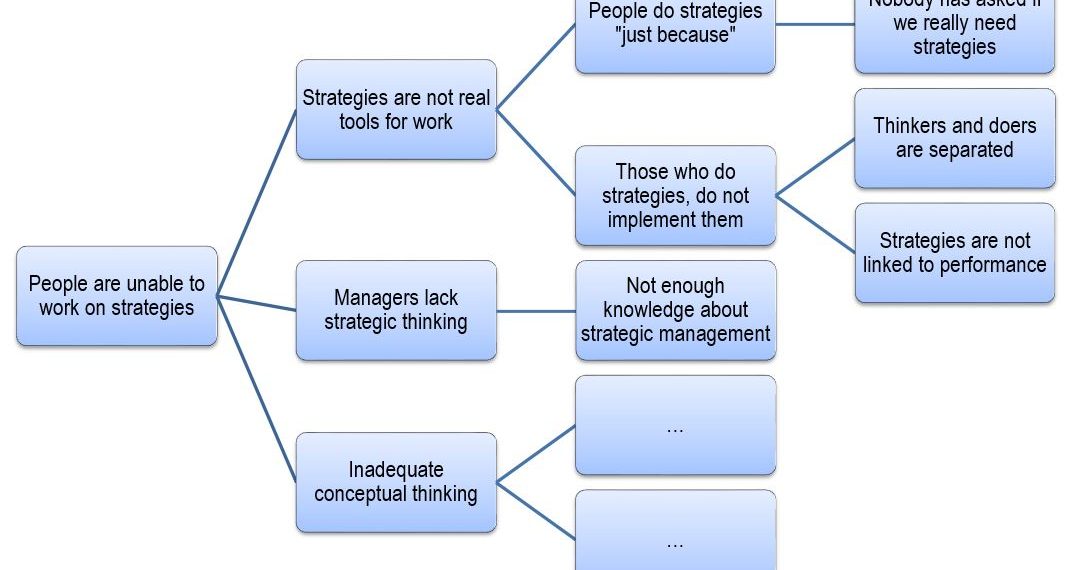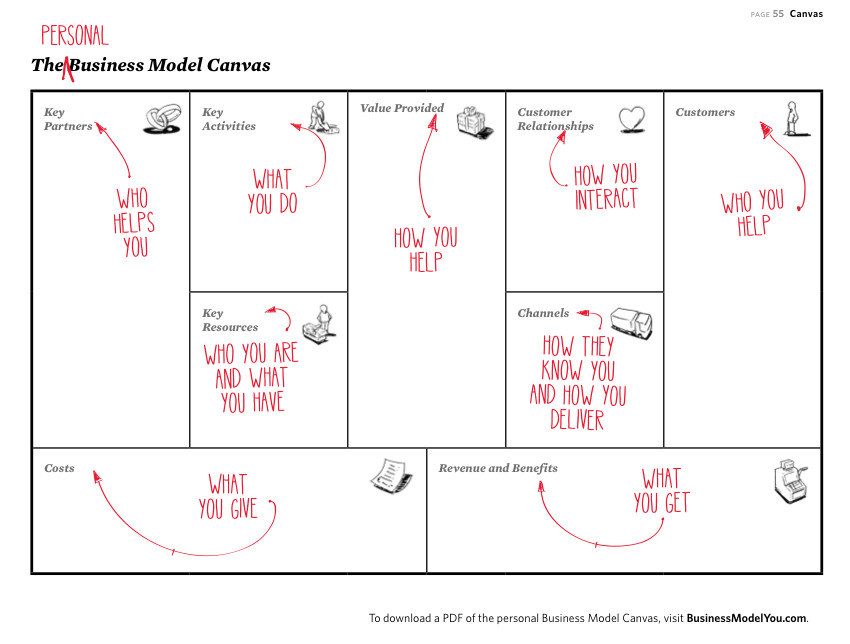
Strategic Management 03 – Industry Analysis
This post is going to summarize the 3rd class of strategic management at the Estonian Business School. Today we discussed briefly about some tools for analysis and finalised the basic external analysis relying on PESTEL, internal analysis using VRIO framework and summarized its results on SWOT/TOWS model into specific strategy scenarios:
- SO (green strategies for go ahead),
- ST (yellow strategies for internal improvement and efficiency seeking),
- WO (yellow strategies for exploration and new business seeking) and
- WT (red strategies for retrenchment, divestiture, and liquidation to close down or complete revamping of businesses)
After the corporate strategy tools we entered the field of industry analysis by first touching upon how much does industry determine the revenues, profitability and growth potential of your company or your investment and summed up with a brief introduction to Michael Porter’s generic strategies, 5F analysis and value chain analysis tools.
You may find the slides of today’s presentation here:
Remember that home reading for the next time includes:
- W. Chan Kim and Renée Mauborgne (2004) Blue Ocean Strategy. Harvard Business Review



